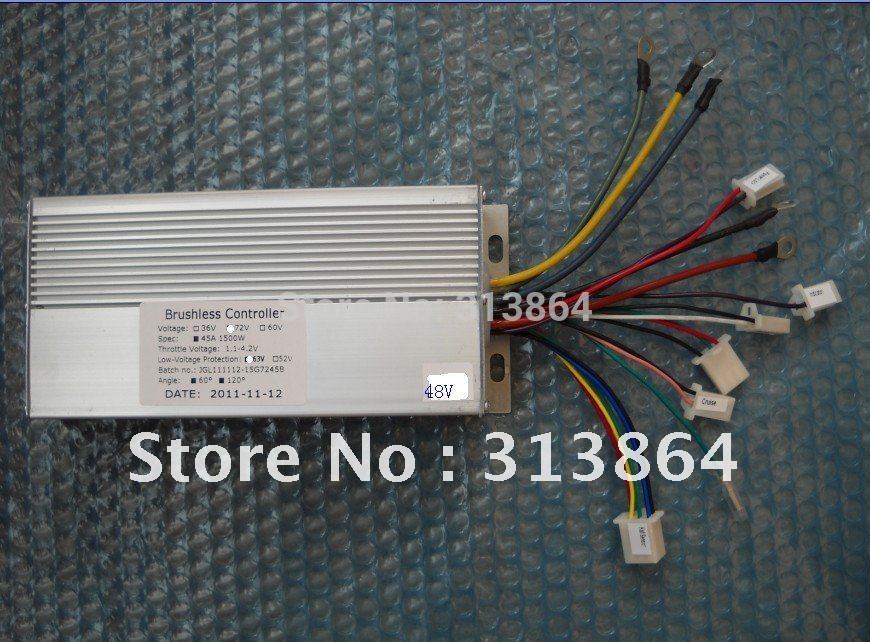Jeremy Harris
100 MW
ian.mich said:Still, it's $45 and you can get 4110s if you need. this controller handles 24s lipo no problem
Not wise. Sorry, but the absolute maximum voltage rating (i.e the NEVER exceed voltage) for the IRFB4410 is 100V. Bear in mind that you'll have ripple on the supply, plus inductive spikes from the motor, so running them at 100.8 V max is asking for early failure. You must always allow some headroom between the max, hot off charge voltage of the pack and the absolute maximum rating of the components in the controller. Ideally I'd allow between 10 and 20% derating to the component rating and use that as a maximum, so 80 to 90V is a realistic safe maximum voltage for a controller with 100 V FETs. The same would be true if it had IRFB4110 FETs, BTW. If you want to safely go to 24S then you really need to be looking at FETs with a higher voltage rating, not forgetting that other components in the controller (the 12 V power supply, commutation caps etc) will need looking at to make sure they are safe at the voltage you want to use.


